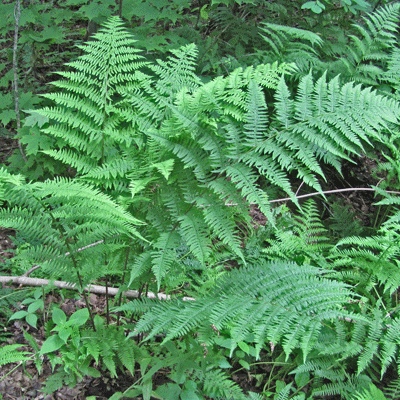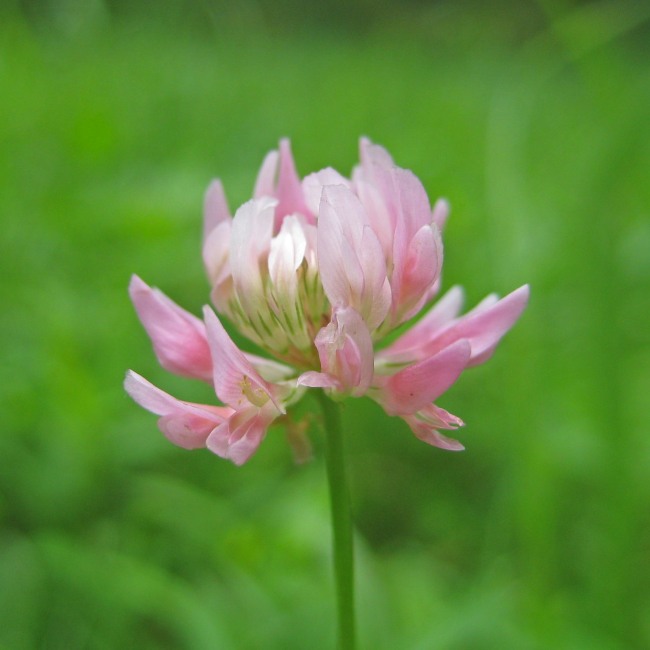Status of Vascular Plants
In this chapter we will summarize the effects of human footprint on vascular plants, and occurrence of non-native vascular plants.
Section Overview
Chapter 6.1 Status of Old-Forest Vascular Plants

Summary of the effects of human disturbance on native vascular plants associated with old deciduous and mixedwood forests in Norbord's operating areas, as well as the impacts of different types of disturbance at local and regional scales.
Learn MoreChapter 6.2 Non-native Vascular Plants

List of non-native vascular plant species detected in Norbord's operating areas, including per cent occurrence and predicted relative richness.
Learn More



